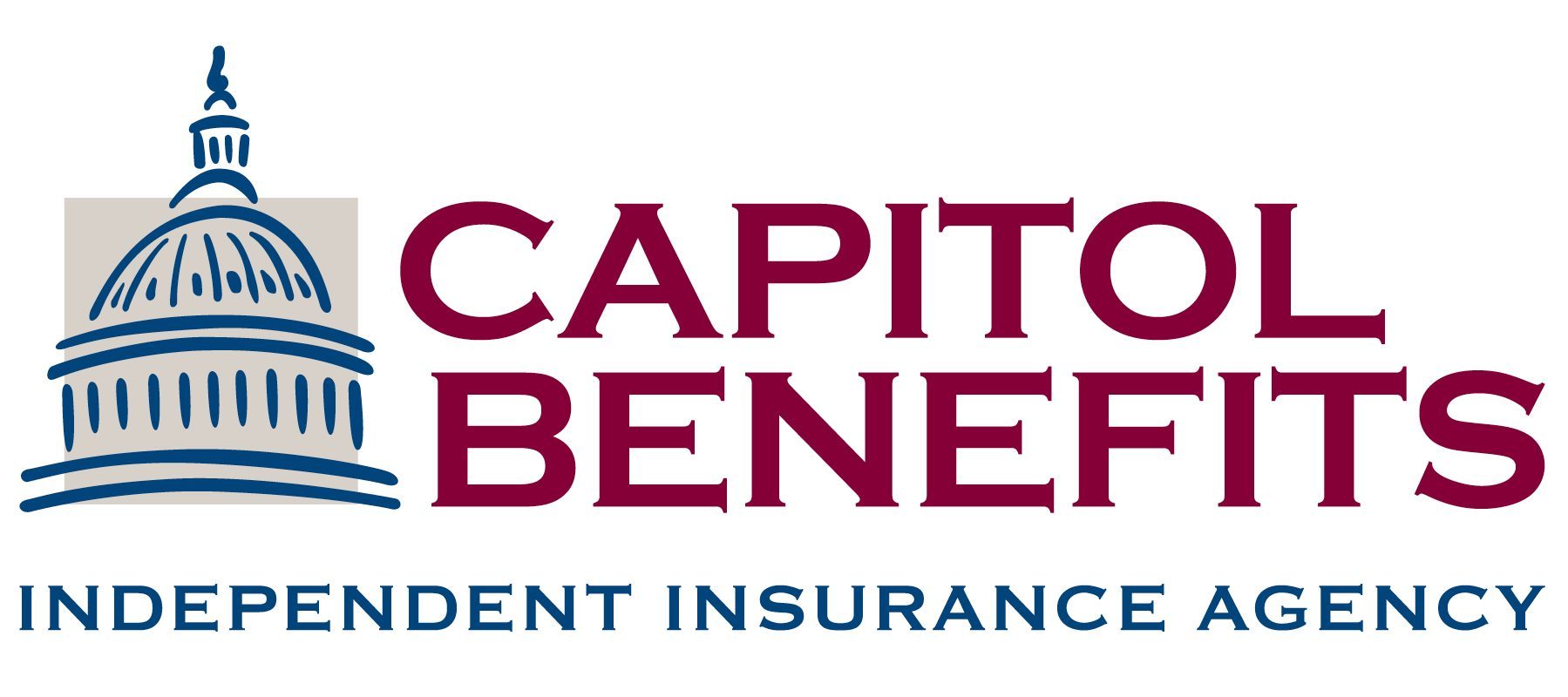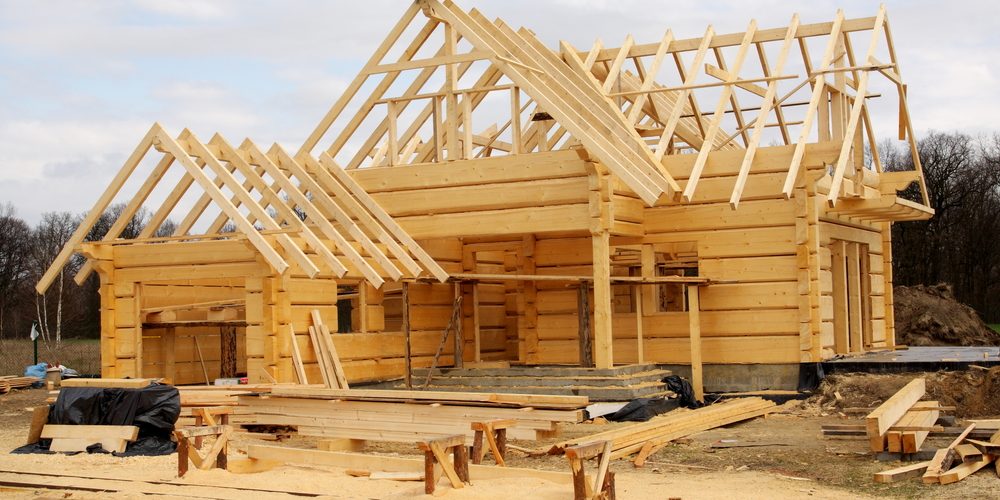As a homeowner, it’s important to consider adding reconstruction cost coverage on your homeowners policy. In this article, we share everything you need to know about reconstruction cost coverage.
Your homeowner’s policy aims to protect your property and keep you financially covered in an accident or disaster. Reconstruction cost coverage, also known as RCC, gives you additional protection if the insurance company decides to rebuild your home rather than pay you the total replacement cost value of your home at the time of loss.
It is essential coverage that every homeowner should consider purchasing. Continue reading to learn all about reconstruction cost coverage!
What Do Homeowners Policies Cover?
Any homeowner can find an insurance policy tailored to their individual needs, but all policies include the basics that spell out what the insurer would pay for in case of a claim.
These are things like:
– The cost of rebuilding your home if a fire or windstorm strikes it;
– Losses resulting from theft, vandalism, and malicious mischief;
– Medical expenses caused by injuries at your home; and
– Money you might lose while you cannot work because of those injuries.
In addition, there is typically coverage for liability when someone is injured while visiting your home (though there may be exclusions), as well as coverage for damage caused by earthquakes and floods—even if you live in a place where these natural disasters are common.
Policies also offer protection against some lawsuits filed against homeowners (though these will vary depending on state law).
Lastly, if your home has a mortgage, you will typically want to ensure that it is covered under your policy (though even if it is not, you might still have protection for your outstanding loan balance).
Again, understanding what types of coverage are there and what kind of deductible you must pay before your insurer kicks in is essential. The higher that deductible is, the lower your premiums will be.
What Is Replacement Cost Coverage?
Regarding property insurance, the term “replacement cost coverage” refers to one of the two primary valuation methodologies used to determine the amount the insurer will pay in the case of a loss.
According to a survey published in January 2021 by the National Association of Insurance Commissioners, the average premium for homeowners insurance increased by 3.1 percent in 2018, following a 1.6 percent growth rate in 2017. However, for the fourth year, 2018 saw a decrease in the average cost of renters insurance of 0.6%.
With replacement cost coverage, homeowners get compensation for losses up to 100% of their policy’s limit. So, for example, if a fire destroyed your home, you would receive the total amount your insurer had agreed to in writing.
Generally, purchasing less than 100% replacement cost coverage is not advisable. Suppose you bought 90%, for example, and were able to rebuild for $200,000 but only received $180,000 from your insurance company (because they had not given you enough coverage). In that case, you would have to cover $20,000 worth of rebuilding out-of-pocket. Spending more money on insurance coverage is better to focus on recovering rather than rebuilding when disaster strikes.
ACV vs. Reconstruction Cost
If you’re in the market for homeowner’s insurance, you should be familiar with the distinction between replacement cost and actual cash value.
The replacement cost is the cost to replace anything damaged or destroyed at its current market value. Since the replacement cost puts the policyholder back in a position as similar as possible to where they were before the risk, it is always a better choice than the actual cash value. Therefore, insurers will give policyholders enough money to replace damaged goods at market value.
If you choose the replacement cost option for your home insurance, you will get coverage up to the sum it would cost you to construct a comparable structure. In the case of personal items, your coverage will extend to the price of a brand-new equivalent. Most often, companies will pay replacement costs in two installments.
The other methodology, actual cash value (ACV), is based upon replacement cost minus depreciation, for example. As a result, ACV tends to undervalue the property.
Therefore, if you have considerable home equity, it is worth getting quotes from insurance agents to see how much replacement cost coverage could add to your policy.
One of the reasons that ACV tends to undervalue property is that it does not take into account special features of an item, such as its age or quality.
Generally speaking, an older and higher-quality piece of furniture is more expensive than a new one because it takes longer to manufacture and has more historical or artistic value. Therefore, ACV would treat two identical items differently based on age or craftsmanship.
Guaranteed Or Extended Reconstruction Cost?
In terms of replacement coverage, you can choose between some particular types of coverage, such as guaranteed or extended.
In case you lose your assets in a covered peril, even with the current cost higher than the coverage limits, the guaranteed replacement cost coverage will help you pay for any rebuilding and replacing you must do.
An example would be if you have home insurance that covers only $200,000, but the cost to rebuild the place turns out to be $250,000, the guaranteed replacement cost will help you protect the rebuild. This coverage will pay for the whole sum even though it exceeds the policy limits.
However, the guaranteed coverage will let the insurance company choose the guaranteed replacement cost and increase it as needed. So, you should expect some limitations even with this coverage type.
The other type, extended replacement cost coverage, will cover a certain percentage, for instance, 25% to 30%, over the specified coverage limits in the policy.
So, if, for example, the cost to rebuild your home is $250,000 while the coverage limit is $200,000, the extended replacement with its 25% coverage more than the policy limit will cover the costs to rebuild in total.
Extended replacement is similar to the guaranteed one, the only difference being the actual specified percentage amount over the coverage limit stated in the extended replacement.
Of course, you should expect these types of coverage to be more pricey than the standard property coverage policies familiar to any homeowner. But, this point is straightforward because you must pay a lot to ensure complete protection in the long run. However, it will help you much more than the standard policy in case of disaster. Still, have a word with a certified insurer to see if this would be the best coverage for your home.
How Do Insurance Companies Determine Reconstruction Cost Coverage?
How much you paid for your home means nothing to companies when you opt for replacement costs. What matters for companies when underwriting the policy is the building materials and labor costs in your area. So they check these numbers, not the market values.
So, to qualify for the replacement cost coverage after a loss, you must show the insurance company that the lost property met the cost value you claimed it was worth. Any tickets and receipts for some more significant items could save the day.
Also, you need to make an inventory checklist to present your items and valuable possessions to get a claim paid.
Of course, not all homeowners are careful receipt savers. So, if you are one of the negligible ones and cannot find any receipts or documentation, you could choose the ‘Scope of Loss’ alternative. This alternative will increase the replacement cost value as much as possible.
To do this, you would need a contractor to create a report of all the items that need replacements or repairs. They will also write recommendations on what parts of the home value as higher priority rebuilds.
Final Words
If your goal is to protect your home after some destruction, consider the reconstruction cost coverage. This coverage will protect your house and help you pay additional costs that the standard insurance policy will refuse to pay.
Today, no one is safe, and disasters strike anywhere. So, it would be helpful for you and your family if you decided to go for a safer option, for which the reconstruction cost coverage qualifies. Although a bit pricey, it may be utterly invaluable in times of disaster.
For questions or additional information, click here to schedule an appointment with our team.
FAQ
What Is The Suitable Amount Of Homeowners Insurance?
The right amount of insurance is not a single number, which is different for any homeowner. Look through the local building costs to see how much it would cost to rebuild your home. Also, research the coverage options and get a couple of quotes from several companies. However, the best bet is to talk to an insurance agent and see how much insurance you should buy.
What If Rebuilding My House Costs More After A Hurricane?
After a hurricane, there might be a shortage of contractors and materials. So, as the demand increases, the lack of contractors and prices rise too. The cost increase is something you should expect. But, with the replacement cost coverage, your policy might consider those increasing costs you worry about.
On the other hand, the standard insurance policy will cover only specified limits of the belongings after a disaster and only for damage by covered perils. For example, the standard policy insurance will not cover flooding, so consider flooding insurance if you live in a frequently flooded area.
Should I Choose Replacement Cost Coverage Or Actual Cash Value?
Most agents would recommend replacement cost since it will provide better coverage. It includes the recoverable depreciation of a property, and although more expensive than the actual cash value method, it is safer.


